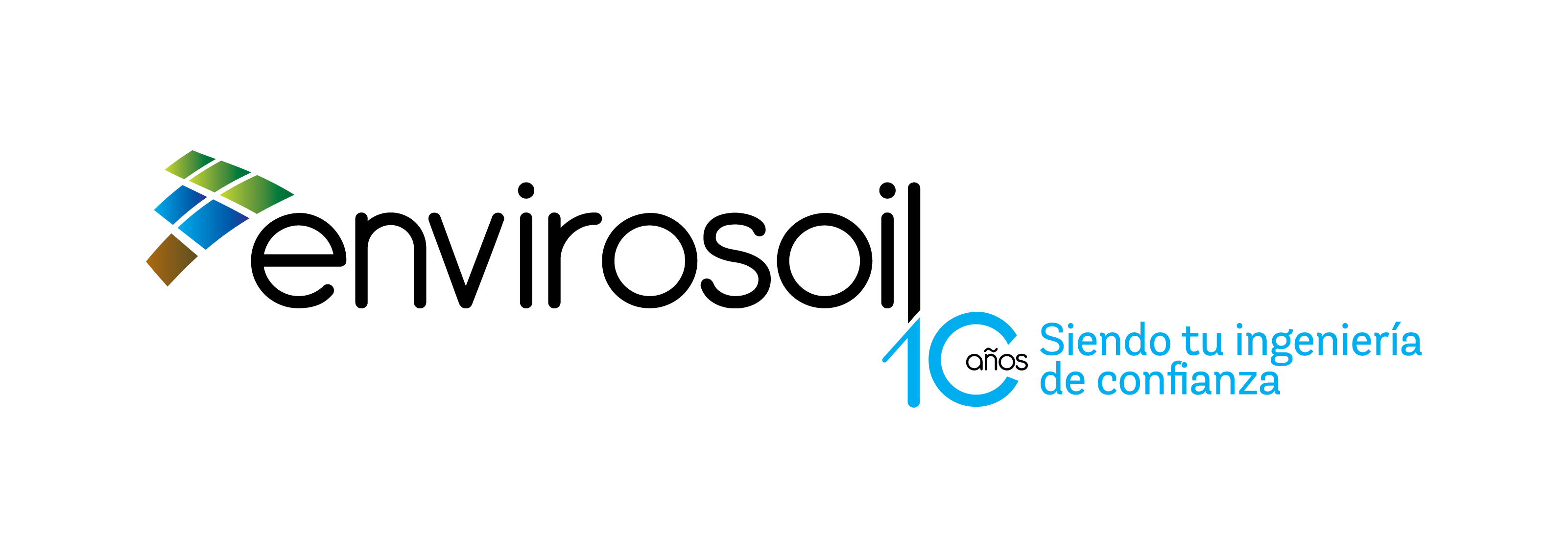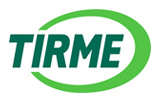

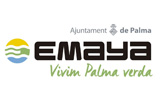



When do you need a subsoil environmental assessment? (situation reports and preliminary reports)
– Any time a Public Body requests it, according to Law 22/2011 of 28 July on waste and soil contamination, for any of the following reasons:
- The activities carried out at the site are considered Potentially Soil-Contaminating.
- The site is subject to purchase.
- The activities carried out at the site or the land use are changing.
– Any time you want to be sure, of your own accord, that the activities carried out at the site haven’t left any environmental liabilities in the subsoil.
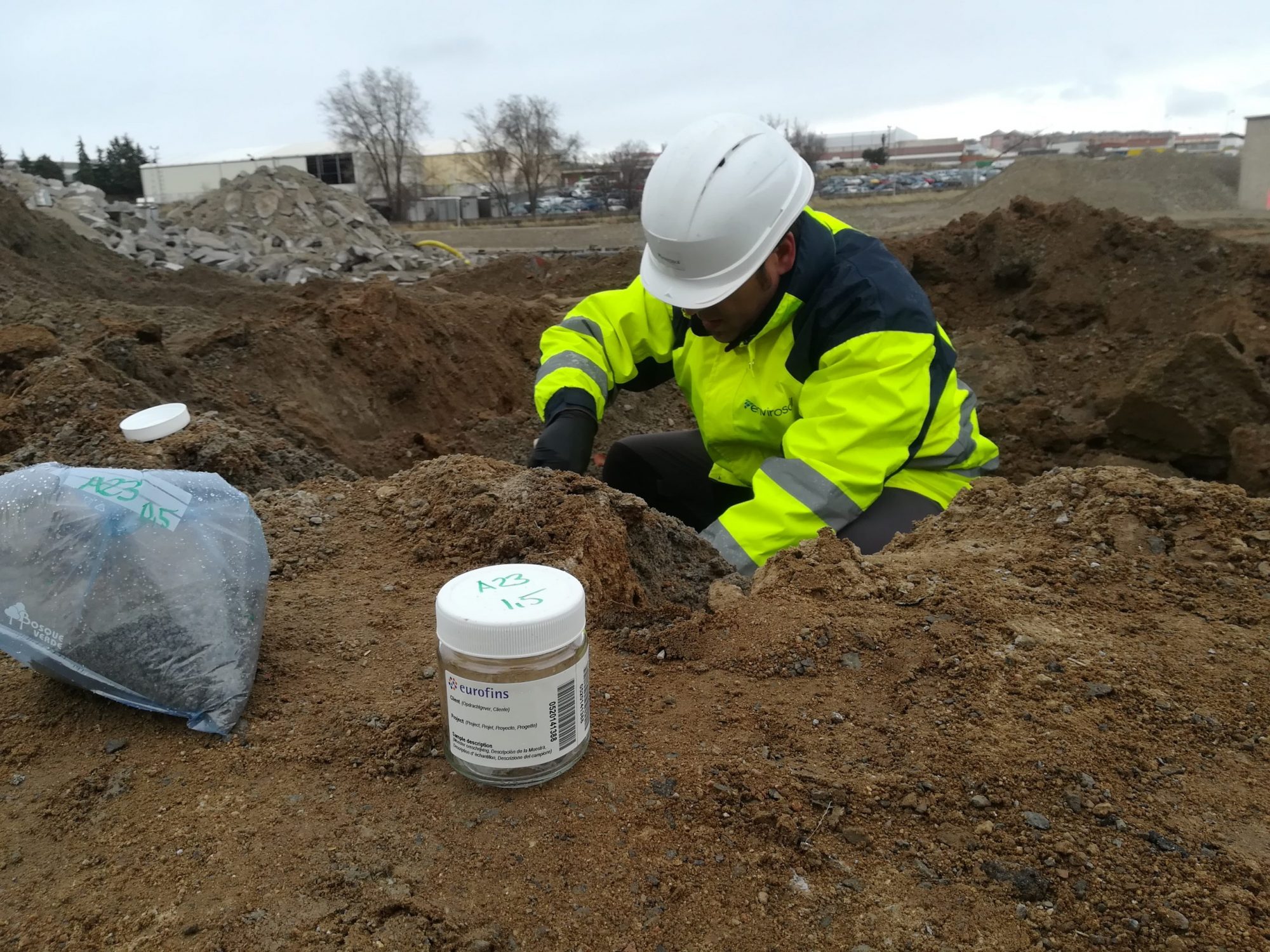
When is a soil remediation process required?
– When a Public Body, based on the information in the Preliminary Report, declares the soil contaminated, according to Royal Decree 9/2005 of 14 January, which establishes a list of potentially soil contaminating activities and criteria and standards for declaring that sites are contaminated.
– When, being aware of subsoil pollution, you decide, of your own accord, to carry out a remediation process.
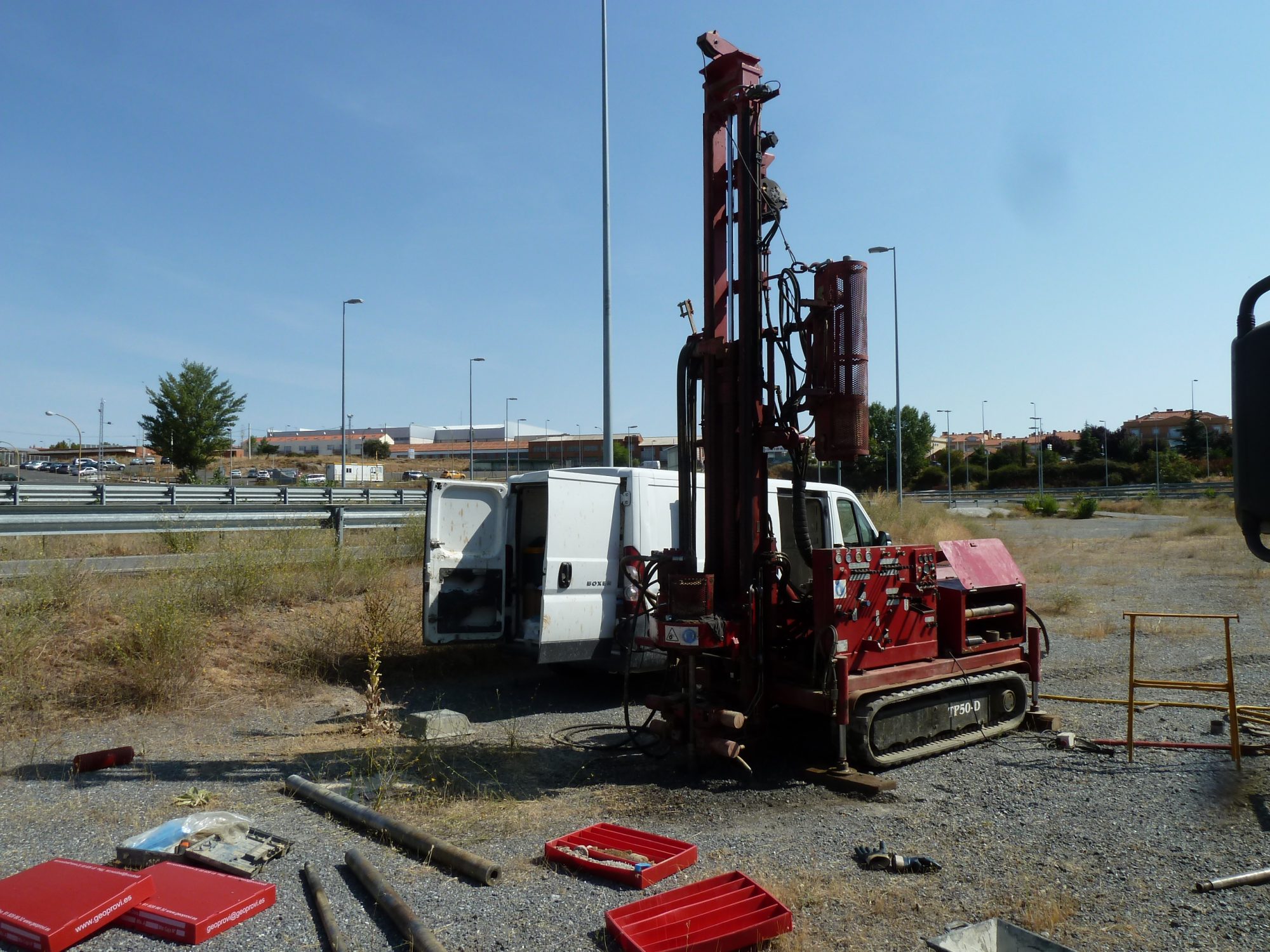
When is a remediation process over?
Soil ceases to be contaminated when remediation actions are carried out on it such as to ensure that, depending on land use, it no longer poses an inadmissible risk to the designated object of protection, human health or ecosystems.
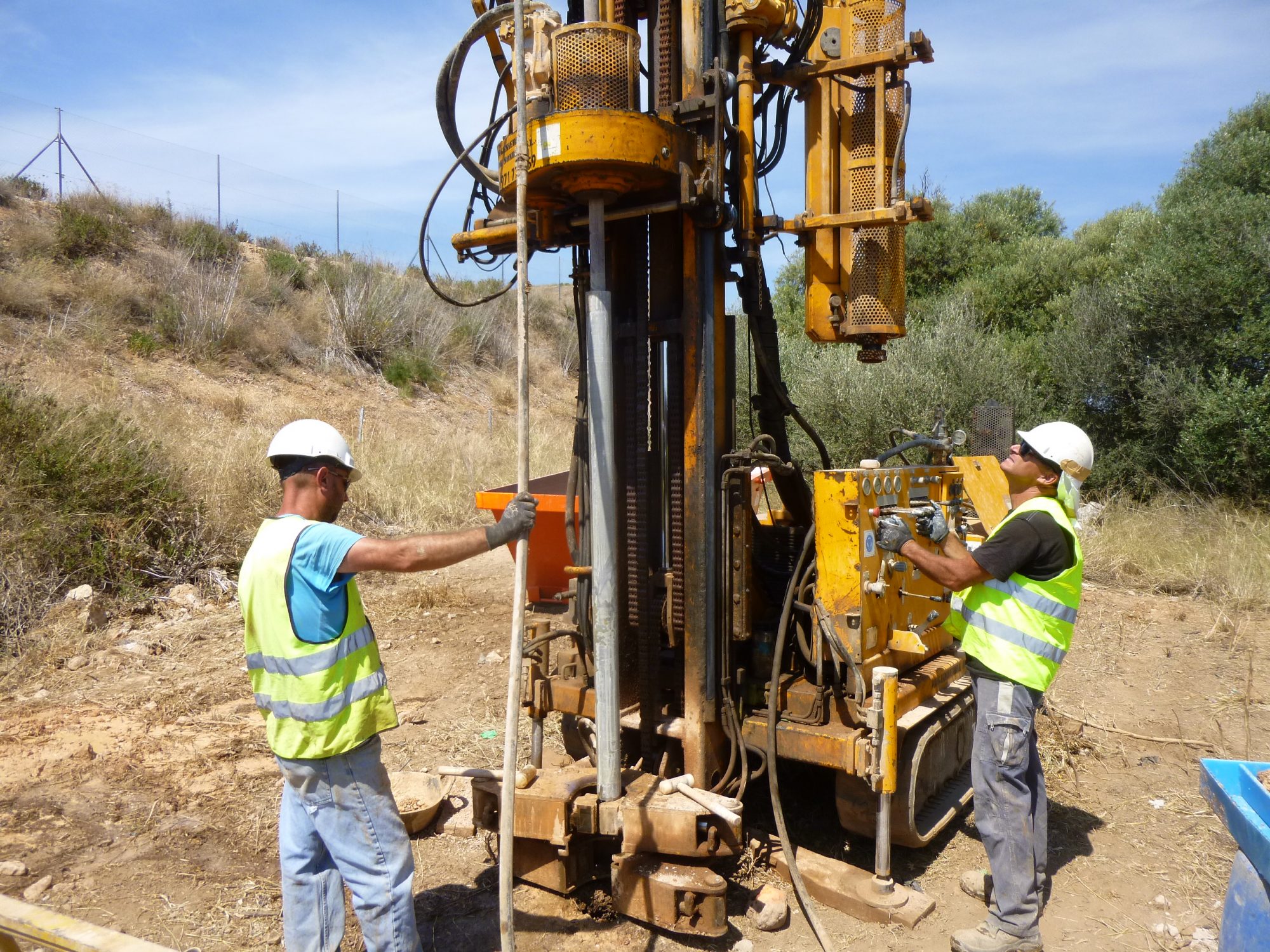
Envirosoil will advise you throughout the whole subsoil assessment and/or remediation process, until final closure. We’ll provide:
RELIABILITY
Our team, at your service, is:
- Recognised by Public Bodies and Administrations, as we are an ENAC accredited organisation in the field of soils and associated groundwater inspection, according to the UNE-EN ISO/IEC 17020:2012 standard for the design and inspection of soil quality regarding potentially polluting activities, sites or actions
- Trained to perform many different decontamination techniques. We can offer the most suitable remediation methods for every type of pollution and soil, ensuring always the best solution.
PEACE OF MIND
We’ll draft all the reports that any Public Body may request and can go with you to any meeting, if you need us to.
TRANSPARENCY
We’ll answer any queries that you might have during the process, either technical or administrative.
EASE
We offer turnkey projects: there will be a single contractor working on the project until closure, who knows the whole process and its background.
CONTROL AND EFFICIENCY
Thanks to our quality and environmental management system, certified according to the ISO 9001:2015 and ISO 14001:2015 standards.
We are specialists in subsoil and groundwater assessment and decontamination, using different methods. Some of them are:
- In-situ techniques: vapour extraction, air sparging, multi-phase extraction, high-vacuum, bioslurping and bioventing.
- Ex-situ techniques: landfarming, bio-piles and soil washing.
We can also take care of other analyses and actions that usually go hand in hand with soil assessment and remediation, such as:
- Environmental control sample analysis
- Computer simulations of subsurface flow and plume spread
- Integrated Pollution Prevention and Control (IPPC) projects
- Environmental Due Diligence audits
- Quantification and valuation of environmental liabilities in soil and groundwater
- Selective removal of contaminated soil and certification of the remaining soil
- Monitoring and control programs after soil remediation
- Groundwater analytic tests and tracking of vapour and gas release
The workflow in a subsoil assessment process is outlined below. Bearing in mind that every case is different, roughly:
1
2
3
4
First thing is visiting the site. This includes a site inspection and soil sampling: collecting samples for laboratory tests. Sampling usually involves boring small diameter boreholes.
5
Once we have the test results, we check the concentrations of pollutants. If these are higher than the GRL (Generic Reference Levels) given in the regulations, a Quantitative Risk Analysis (QRA) must be performed.
NOTE: a QRA assesses the risk poised for the ecosystem and human health by the pollutants found in the samples, based on their concentrations and land use in the site. If there is a risk, remediation must be carried out.
6
We’ll draft a comprehensive report based on the findings, with our advice. Roughly:
- If no QRA is required or it doesn’t find any risk, no remediation process is mandatory (except when the land use requires earthworks and end management of soil of no economic value).
- If a risk has been found, remediation must be carried out. If you choose to do it with us, we’ll carry out a turnkey project, taking care of all the steps throughout. That is, from the very beginning until final closure by the relevant Public Body or Adminstration.





